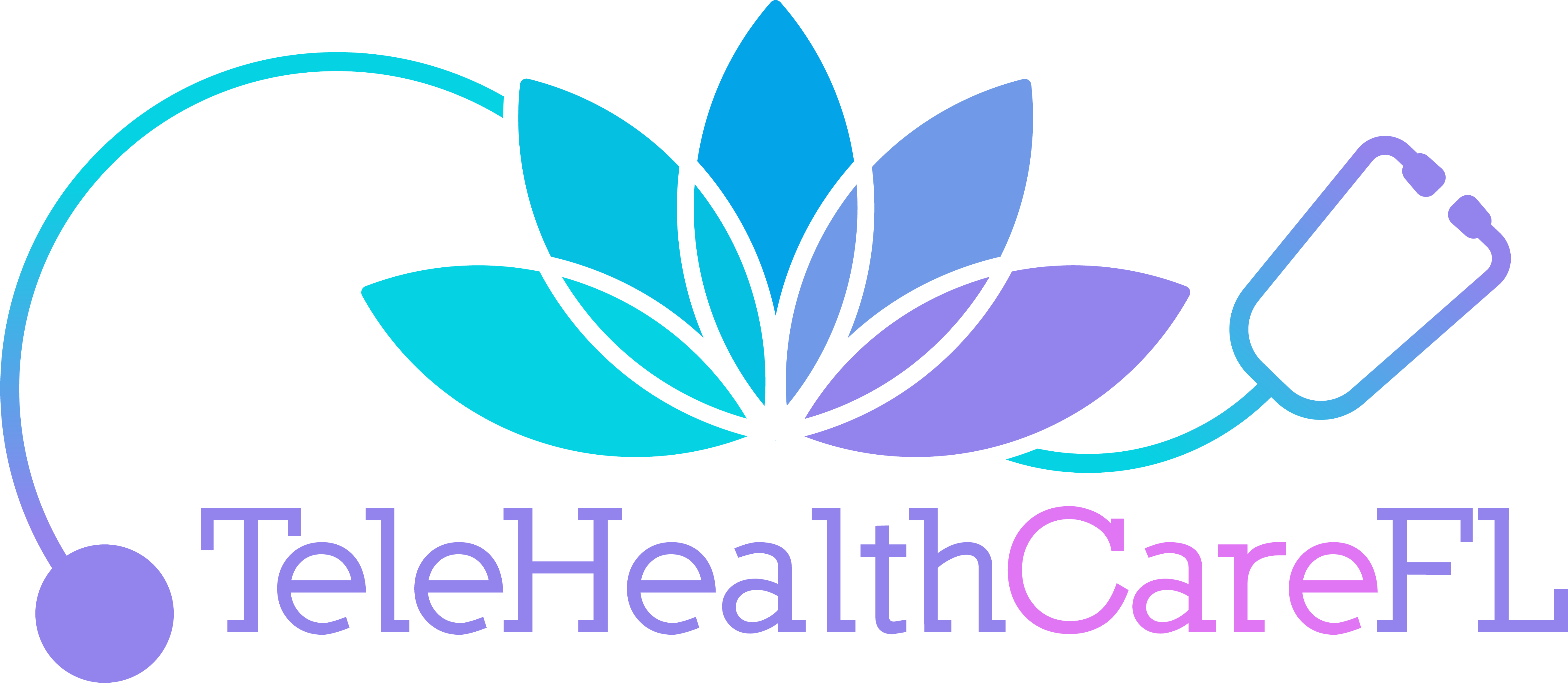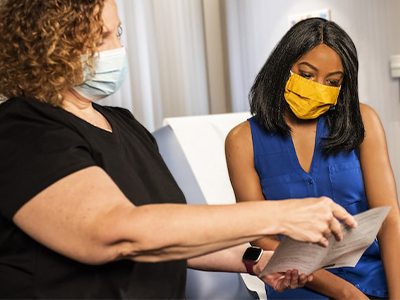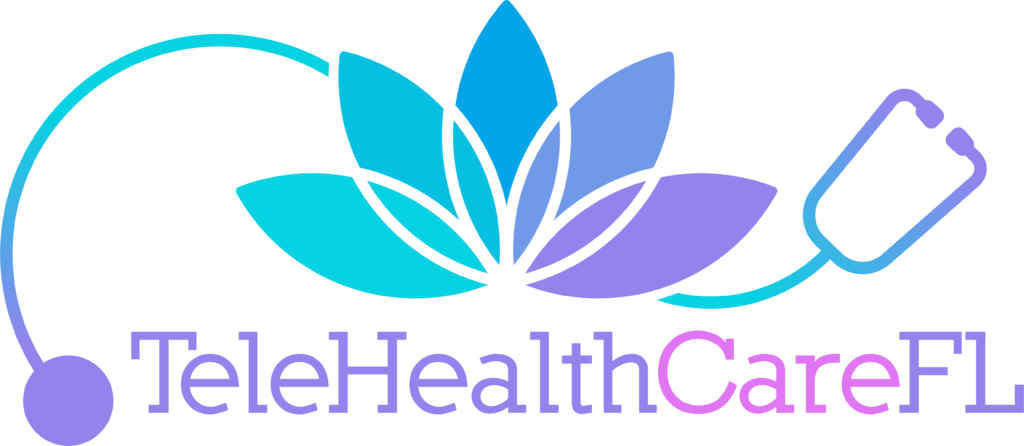One of the most lasting and seemingly permanent aspects of the changes introduced to society in the 2020s is the way technology brought us closer together and changed aspects of how we relate and interact with each other. Part of this involves changes in healthcare, through which patients can now receive care and treatment remotely using video conferencing applications. This is known as telehealth, and due to its many benefits like greater convenience and accessibility, it’s an option that many patients prefer to use.Â
Telehealth or telemedicine are largely two aspects of the same process – using technology to bring doctors, pharmacies, other care providers, and patients closer together. You may have already been using telemedicine or telehealth technology without even realizing it, as something as simple as sending a message to your doctor online or communicating with a healthcare provider over the phone falls into this category.
However, telehealth has evolved and grown dramatically since the beginning of the Covid pandemic and is usually used to refer to video calls. Concerns about infection control and the rise of video conferencing apps in other areas of life, like work and school, meant that suddenly telehealth was at the forefront of medicine and replaced in-person visits for many people. If you’re new to the world of telehealth, this article will prepare you with everything you need to know to make sure your first appointment is a success. Â
Your Role in Telehealth
To begin with, there are a few different options used in telehealth:
Patient Portal
Logging onto your patient portal will require a username and password, keeping the process secure. Once logged in, you will be able to send and receive messages, obtain test results or other information, check your prescriptions, and likely schedule appointments. Â
Virtual Visits
These are different from logging onto the patient portal in that they must be scheduled and involve a healthcare professional on the other end of the line working with you. The process will be roughly the same as an in-person visit, involving waiting for the doctor and discussing your health concerns and other issues.Â
There are a few things you can do as the patient to make sure that you have a smooth experience:
- Schedule the appointment ahead of time and make sure you are on time
- Clarify with the office what type of technology or applications you will need to use
- Download these or familiarize yourself with them before the appointment
- Make sure you have a steady internet connection for the appointment
- Conduct any tests your doctor will want, like a temperature, blood pressure reading, or blood sugar level
- Find a quiet space where you can speak privately and not be disturbed
- Make sure there is good lighting if the doctor needs to see you
- Prepare any paperwork, test results, or prescriptions you will need for the appointment
If you follow these steps, you should have an easy experience with minimal issues. Remember to be patient, as the technology takes a little bit of work to get right and doctors can still be running behind, even for telehealth appointments. However, most people find that telehealth is a convenient, simple, and far easier method of receiving care than going in for appointments. Â
Some healthcare offices use their own website as a portal for you to connect to, or some might use third-party apps like Zoom, Apple FaceTime, Skype, or Google Hangouts. The federal government loosened some HIPAA regulations around telehealth during the pandemic to make it easier to meet requirements without conducting in-person visits. Skype and Zoom largely dominate the field, although there are many other options you might be using. Â
How Does Telehealth Benefit You?
When the most vulnerable and needy among us are taken care of, we are a stronger, healthier society. Social safety nets are important because unfortunate accidents or health issues can happen to anyone at any time, and there is little that can be done. People with mobility issues, lack of transportation, or mental health concerns can access lifesaving care more effectively, creating a better world for all of us. Â
Telehealth is not perfect, and it has limitations. For example, you can’t get most tests or physical examinations done over the internet, and anything like surgery is impossible. However, routine checkups and visits that can be done without physical contact are made much more efficient by telehealth, freeing up time for providers to focus on the cases that do need to come into the office.Â
Telehealth and telemedicine are here to stay, as the benefits are numerous – from enhanced infection control to greater convenience for everyone. If you haven’t used video conferencing technology yet, you likely will at some point in your life, as the world grows ever more connected through technology. It’s simple and accessible technology that functions without issue for millions of people every day and will revolutionize the medical field for decades to come. Â








